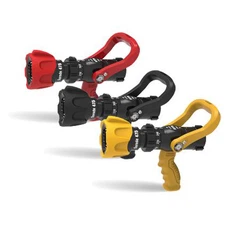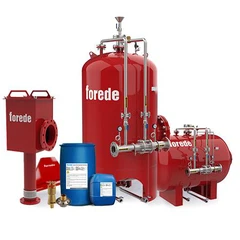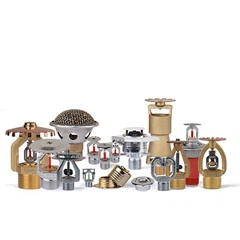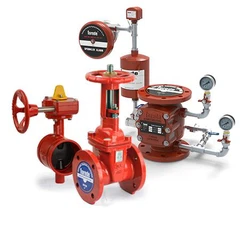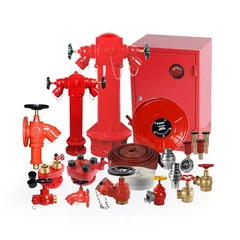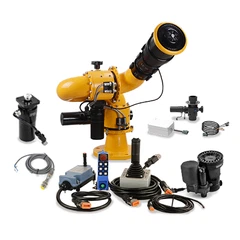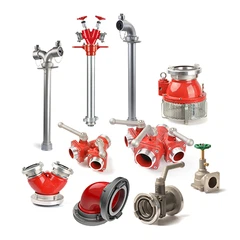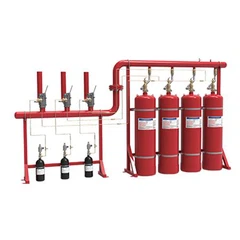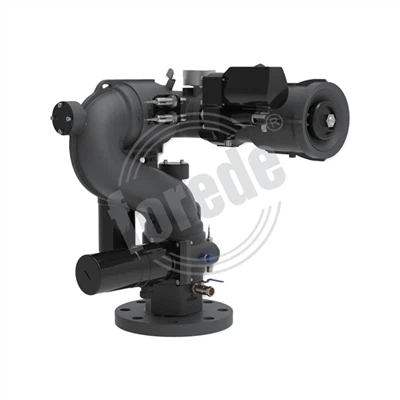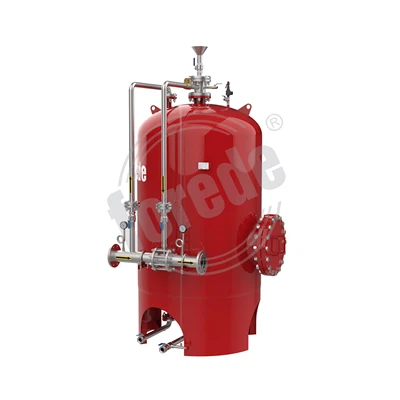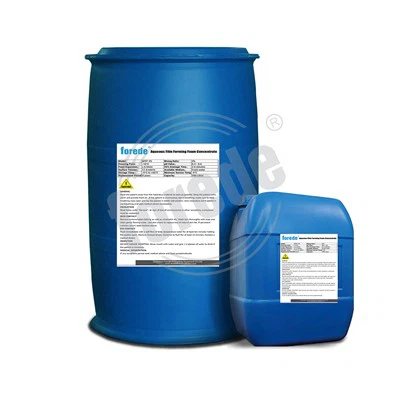
Landing Valve Vs Hydrant Valve
In the realm of fire - fighting infrastructure, landing valves and hydrant valves are two crucial components, each playing distinct yet complementary roles. Understanding their differences, similarities, and specific applications is vital for effective fire - protection strategies.
Landing Valve
Landing valves are typically installed within buildings, often near staircases or in designated fire - fighting equipment rooms on each floor. Their design is relatively compact and straightforward. Usually, they consist of a valve body with a single outlet, which is connected to a fire hose. The valve handle is easy to grasp and operate, and the overall construction is designed for quick and efficient use during an internal fire emergency. The compact nature of landing valves allows them to be integrated seamlessly into the building's architecture without taking up excessive space.
Hydrant Valve
Hydrant valves, on the other hand, are located outside buildings, usually along streets or in open areas. They are part of the municipal fire - hydrant system. Hydrant valves are larger and more robust compared to landing valves. They are designed to withstand external environmental conditions such as rain, snow, and temperature fluctuations. The valve is often connected to an underground water supply pipe, and it has a more complex structure with multiple components for regulating water flow and pressure.
Landing Valve
The primary function of a landing valve is to provide a direct and accessible water supply for fire - fighting operations within a building. When a fire breaks out on a specific floor, fire - fighters can quickly connect a fire hose to the landing valve on that floor and start extinguishing the fire. It serves as a localized and immediate water source, which is crucial for containing the fire at its early stages and preventing it from spreading to other parts of the building. Landing valves are especially important in high - rise buildings where the internal water supply may not be sufficient to reach all floors effectively.
Hydrant Valve
Hydrant valves are part of the external fire - fighting water supply network. Their main purpose is to supply a large volume of water for fire - fighting operations outside buildings or in large - scale fire emergencies. Fire trucks can connect their hoses to hydrant valves to draw water from the municipal water main. Hydrant valves are essential for fighting fires in industrial areas, large commercial complexes, and open spaces where a significant amount of water is required to control and extinguish the flames.
Landing Valve
Landing valves are connected to the building's internal water supply system. The water flow from a landing valve is regulated by the valve mechanism within the valve itself. Fire - fighters can adjust the flow rate by turning the valve handle, but the overall water supply is limited by the building's internal plumbing and water pressure. In some cases, buildings may have a dedicated fire - water tank to supplement the water supply to the landing valves, but the flow rate is still relatively constrained compared to hydrant valves.
Hydrant Valve
Hydrant valves are connected to the municipal water main, which can provide a much larger and more consistent water supply. They are equipped with valves that can manage the flow and pressure of water effectively. Fire - fighters can adjust the valves to control the water flow according to the requirements of the fire - fighting operation. Hydrant valves can deliver a high - volume water stream, which is necessary for tackling large - scale fires or for creating water curtains to protect adjacent buildings.
Landing Valve
Operating a landing valve is relatively simple. Fire - fighters need to connect a fire hose to the valve's outlet, open the valve by turning the handle, and start spraying water. The process is straightforward and can be carried out quickly, even by less experienced personnel during an emergency. The compact design and easy - to - use valve mechanism make landing valves ideal for internal fire - fighting operations where speed is of the essence.
Hydrant Valve
Operating a hydrant valve requires more skill and knowledge. Fire - fighters need to ensure that the hydrant valve is properly connected to the fire truck's hoses and that the valves are adjusted correctly to control the water flow and pressure. They also need to be aware of the water pressure in the municipal water main and make appropriate adjustments to prevent damage to the hoses or equipment. Training is essential to ensure that fire - fighters can use hydrant valves effectively in different fire - fighting scenarios.
Landing Valve
Regular maintenance of landing valves includes checking for leaks, ensuring that the valve mechanism operates smoothly, and verifying that the hose connections are secure. Inspections are typically carried out on a scheduled basis, such as quarterly or semi - annually, to ensure that the valves are in good working order. Building maintenance staff can often perform these routine checks.
Hydrant Valve
Hydrant valves require more frequent and thorough maintenance due to their exposure to external elements. Inspections should check for corrosion, damage to the valves and connections, and the proper functioning of the pressure - regulating mechanisms. Municipal water authorities or specialized fire - protection contractors are usually responsible for the maintenance and inspection of hydrant valves to ensure their reliability in case of a fire emergency.
In conclusion, while both landing valves and hydrant valves are essential for fire - fighting, they differ in design, location, function, and usage. Landing valves are designed for internal fire - fighting within buildings, providing a localized water supply, while hydrant valves are part of the external fire - hydrant system, supplying a large volume of water for external and large - scale fire - fighting operations. Proper understanding and maintenance of these components are crucial for effective fire - protection.

